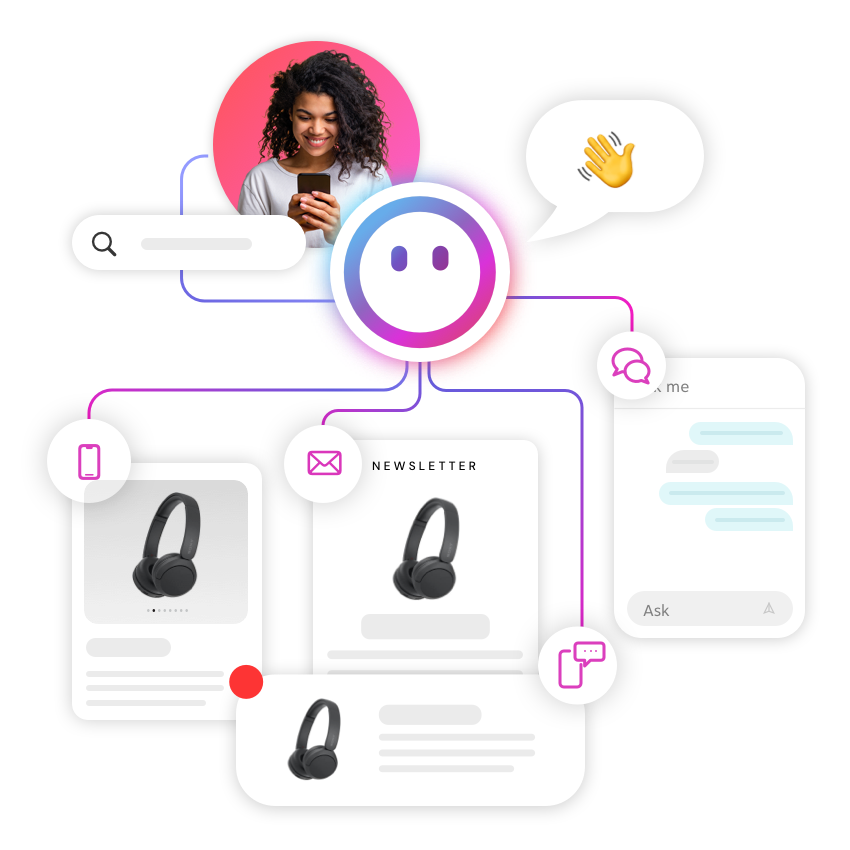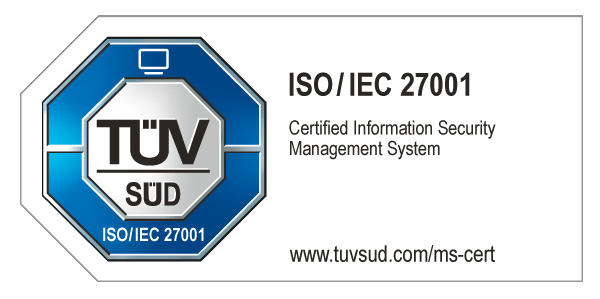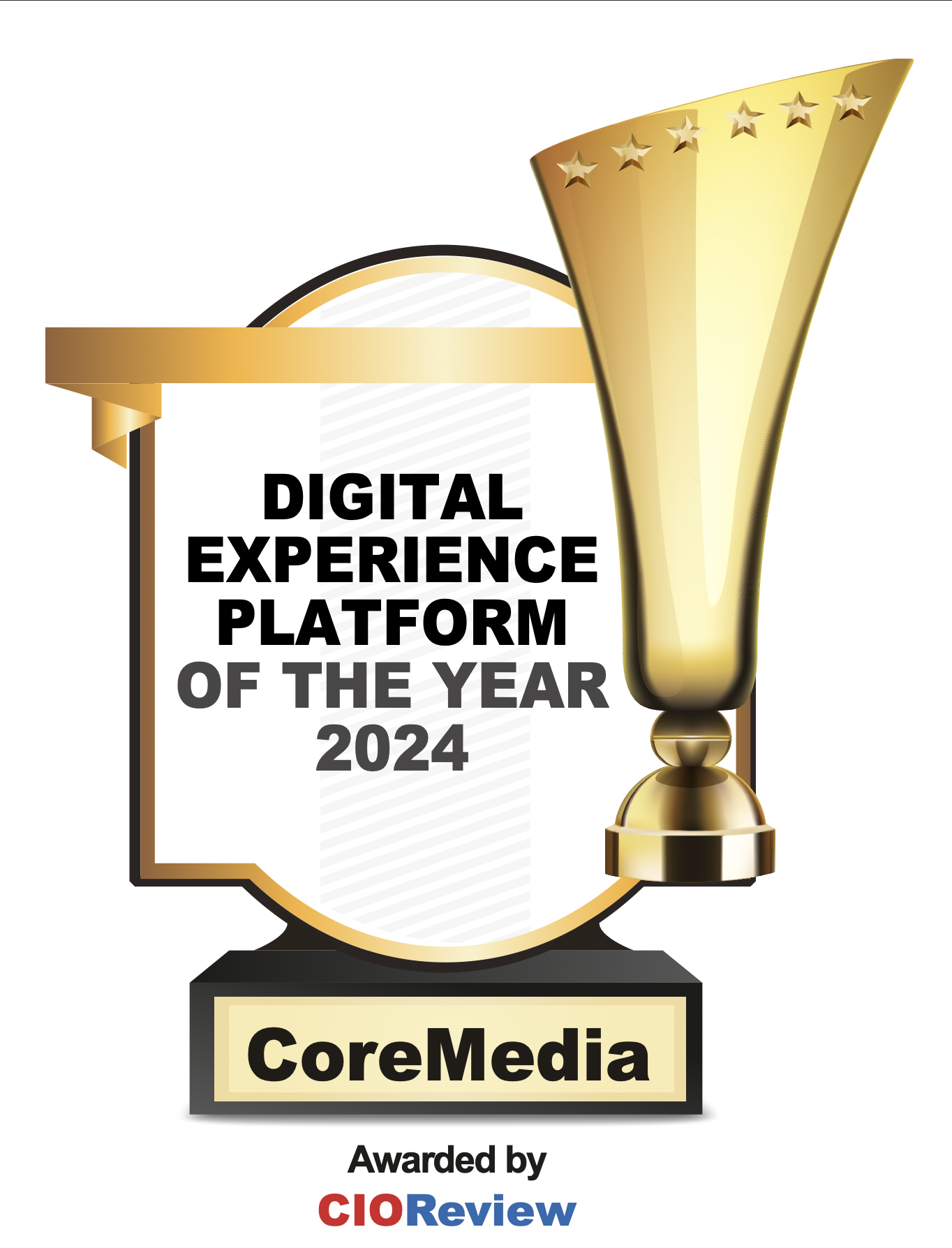Internationalization in eCommerce: Recognizing Opportunities and Making Best Use of Technologies
Thanks to the sweeping success of the Internet and its rapid technical development, virtual travel around the globe is now only a few mouse clicks or screen touches away. We communicate in real time with people from the farthest corners of the globe on a daily basis and are constantly expanding our horizons both scientifically and personally.
As communication grows, so does the sphere of business activity and omni-channel content. In both B2C and B2B, eCommerce is an increasingly important pillar of economic success – and its internationalization is a guarantee of long-term competitiveness. Today, one in eight euros of regular household spending on goods is spent online. One in five B2B companies say that half of their sales are generated online.
Digital Experience Builds Confidence
Although borders and physical distances are becoming less of a hindrance to global brands thanks to the digitalization of commerce, companies still face one challenge when entering the global marketplace: the language barrier. Global online business is already faced with a lack of legal certainty and trust in providers. Language comes into its own here as an indicator of a genuine vendor.
Customer Experience as a Matter of Correct Translation
User experience plays an essential role in eCommerce. Even minor stumbling blocks can cause customers to abandon the shopping process. Only customers who are completely satisfied will return to a provider again and again. According to the Customer Experience Trends Report 2021, over half of all e-shoppers base the decision to buy on the customer experience. When it comes to international trade, customers prefer to shop in their own native language. Information about both products and suppliers should be easy to access and easy to understand.
Online retailers who want to profit from the growing consumer interest in international eCommerce must tailor their content as much as possible to their target markets and make it available on a multilingual platform, including the right tonality for their audience.
The Devil Is in the Details, Even with Regard to Language
At first glance, translating online content into common standard languages seems like a simple task: Digital technologies have made enormous progress in recent years. Nevertheless, we are all familiar with the sometimes questionable and often amusing results of machine translation.
Therefore, extreme caution is advised when it comes to translating services, product descriptions and even non-visible texts such as meta descriptions, image descriptions or alt tags into the relevant foreign languages. While they serve to make online content accessible, they also contribute significantly to the search engine ranking of a site. However valuable computer-aided translation may be in terms of efficiency, the expertise of a language specialist who knows how to accurately evaluate and optimize the relevance and quality of the resulting text is indispensable.
Internationalization Is Localization
Cultural and stylistic factors play a significant role in both writing and translating. A machine simply cannot take these factors into account. Translating the German saying, “Wo gehobelt wird, da fallen Späne” one-to-one as “Where wood is chopped, splinters must fall” may be technically correct and, in the best-case scenario, its meaning may even be understood. However, the message can only be fully comprehended by translating it into the common English proverb “You can't make an omelette without breaking some eggs”.
The same applies to specialized, technical terms, which require not only linguistic but also technical know-how to be successfully translated. A professional translation includes the adaptation of currencies, units of measurement and other country-specific content, and also takes web design into account: it is not uncommon for menu texts, headings and other design elements to require additional editing due to different word lengths between languages.
Furthermore, the more precisely the target group is defined, the more accurate the translation can be. For example, there is a linguistically significant difference for online content when it is primarily intended to address either the U.S. or the U.K. market. This is especially true for product names, for example, if a name that is completely innocuous in the provider's language corresponds to a term with negative connotations in the target language.
Language Expertise for Digital Transformation
In many cases, digital internationalization strategies only emerge during a company's day-to-day operations. The rising interest in cross-border eCommerce cannot always be predicted in the long term. Despite this – or maybe because of it – it is strategically advisable to create a technological infrastructure that enables straightforward translation of content into the relevant languages at any time.
With CoreMedia Content Cloud and the new Transline ERP “TBlue”, translation-relevant texts can be transferred directly from the CoreMedia Studio UI, translated professionally and returned via API interfaces. This involves the use of computer-aided translation tools, or CAT tools: with their help, text elements that have been translated once are stored in Transline's translation memory system, thus optimizing future translations in terms of both workload and linguistic consistency.
CoreMedia and Transline have formed a strong team consisting of a composable Digital Experience Platform and a language service provider that has been offering high-quality translation services for 35 years. Together we make cross-border eCommerce simpler and significantly more convenient for customers.








